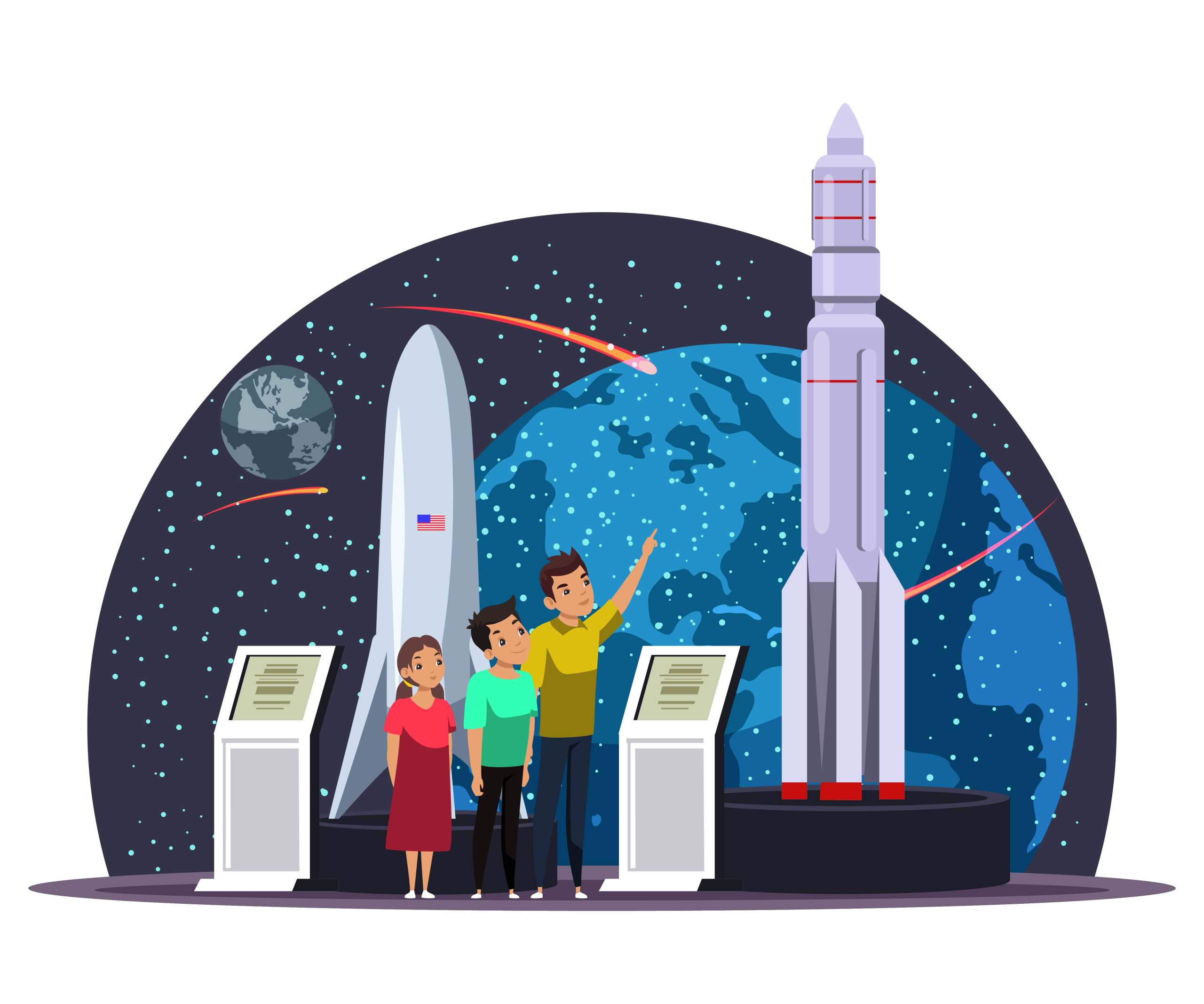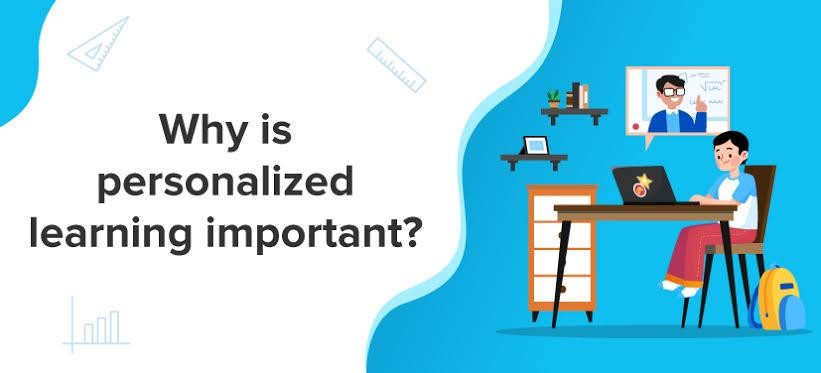Debate: What is the Right age for Digital Books

With technology making rapid strides across sectors, virtual footprints have manifested themselves through e-books which not only make storytelling a compelling experience, but also bring characters to life through animation, color pay, interactive tools etc. For parents seeking educational options, including CBSE school in Noida or IB school in Delhi, It’s a burning question when to introduce e-books to young learners, since there has been concern about screen exposure and eye strain, but the benefits of e-reading cannot be overlooked. Eventually, it’s about creating timelines for the young readers and ensuring that they learn while having fun.
Recently, a US Based organization– Report Linker– conducted a study using primary and secondary research on interactive children’s books across US, Europe, Middle East, Africa and the Asia Pacific Region (APCA). The report states that between 2022 to 2027, this segment is expected to grow by $711.99 million.
While the conventional charm of physical books will continue to spellbind young readers, interactive books have undoubtedly captured their imagination in a big way. Globally, since a lot of emphasis is being given to early childhood education, interactive elements in the digital books like animation, lights, sounds, colours, sync with philosophy of ‘learning while having fun.’
What is the right age?
For both parents and educators, it’s important to assess the child’s developmental milestones before introducing them to digital books. Here’s a check list:
- Can the child handle a smart device, hold it and use touchscreen access the reading apps? Therefore, fine motor skills that include dexterity and hand-eye coordination need an assessment.
- Adult supervision is another uptick that must be taken into consideration.
- Are there certain genres that a child prefers over the others? What are his interests?
- Setting a fixed time for access to e-books and ensuring that digital ebook reading is balanced with other activities including sports, running, jumping, games, interaction with family and peers, among others.
Advantages of Digital Books
Digital Books in Education: While the young learners have access to a wealth of information, additional features like audio help them make connections between sound and the text easily by just pressing a button. This is most helpful for younger children who may not be able to read but can communicate and understand language.
Easy on the eye: Digital books have been designed to do away with the fears of eye strain which are generally a cause of concern for many parents. Digital books come installed with the feature of increasing and decreasing the font size thus ensuring that the children’s eyes do not suffer any stress. They are a blessing for those who suffer from impairment and also enhance the focus of students.
Instant Information: These books are a big advantage for doing any reference or research work, as information is available at just the click of a button easily, instead of flipping through physical books.
Read anytime, anywhere: While physical books occupy space or may be weighty to carry or store, digital books are far more convenient as they can be accessed on any smart device like a tablet, laptop or even a smartphone. This is good news for youngsters who are voracious readers and need to read books on a regular basis. The sky is the limit for storing these books on a smart device.
Why Physical Books still matter
Introducing e-books to young students also comes with a set of challenges. Unlike physical books, e-books require a smart device to access them. For example, there’s always the danger of too much screen exposure, fickle concentration and eye strain which is why limited screen exposure is a must. Of course, physical books cannot be customized to adjust brightness, font size and other elements, they can withstand a physical fall. Secondly, physical books have a more aesthetic and tactile appeal as children can explore different types and textures of papers, become more responsive to sensory appeal and are less distracting as they don’t have pop ups and other notifications. The focus is far greater in physical books than digital ones.
The way ahead
It’s a good idea to embrace both modes of reading and learning for greater diversity and experimentation besides an impactful immersive experience. What really matters is teaching the young learners to make sensible and safe choices while accessing online or offline content and creating a fine balance.
Popular Posts
Recent Posts
Archive
- January 2025
- December 2024
- November 2024
- October 2024
- September 2024
- August 2024
- July 2024
- June 2024
- May 2024
- April 2024
- March 2024
- February 2024
Newsletter
 A1 and A12, SECTOR-132,EXPRESSWAY, NOIDA (201304)
A1 and A12, SECTOR-132,EXPRESSWAY, NOIDA (201304)
 +91-9711000498 / 560 / 625 / 626
+91-9711000498 / 560 / 625 / 626
 info@genesisgs.edu.in
info@genesisgs.edu.in
- Contact Us
- Address
- Mobile Number
- +91-9711000498 / 560 / 625 / 626
- info@genesisgs.edu.in
© Copyright 2018, all rights reserved with Genesis Global School





















